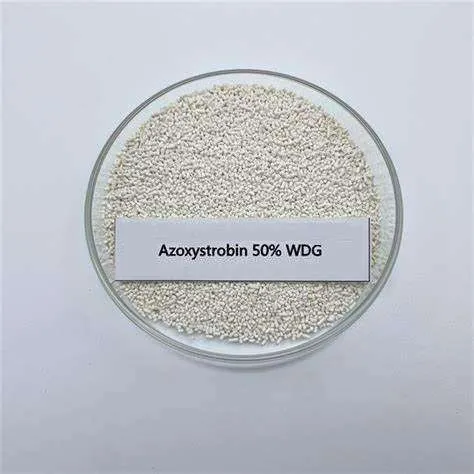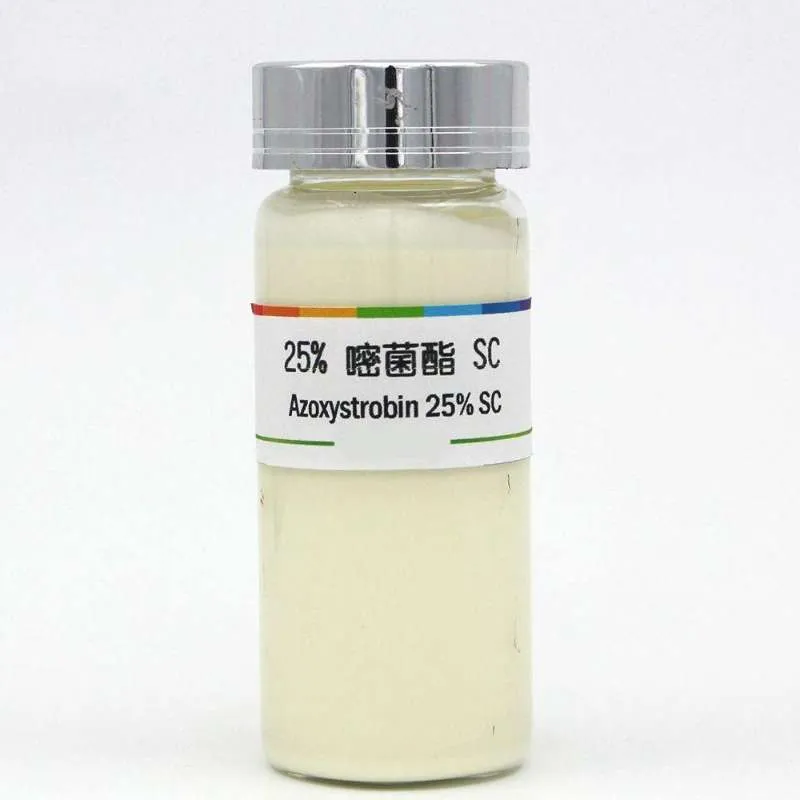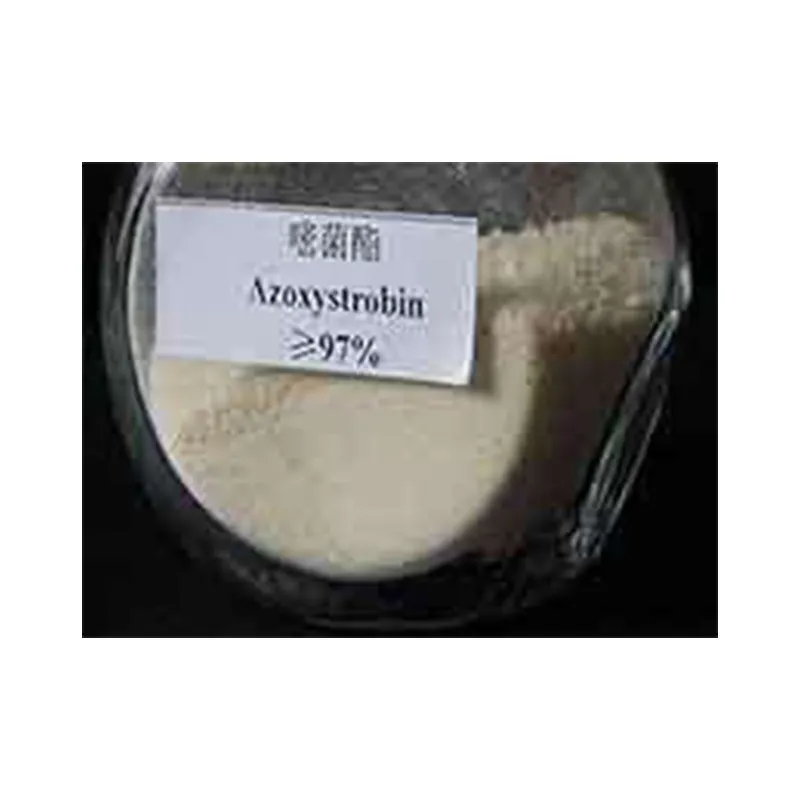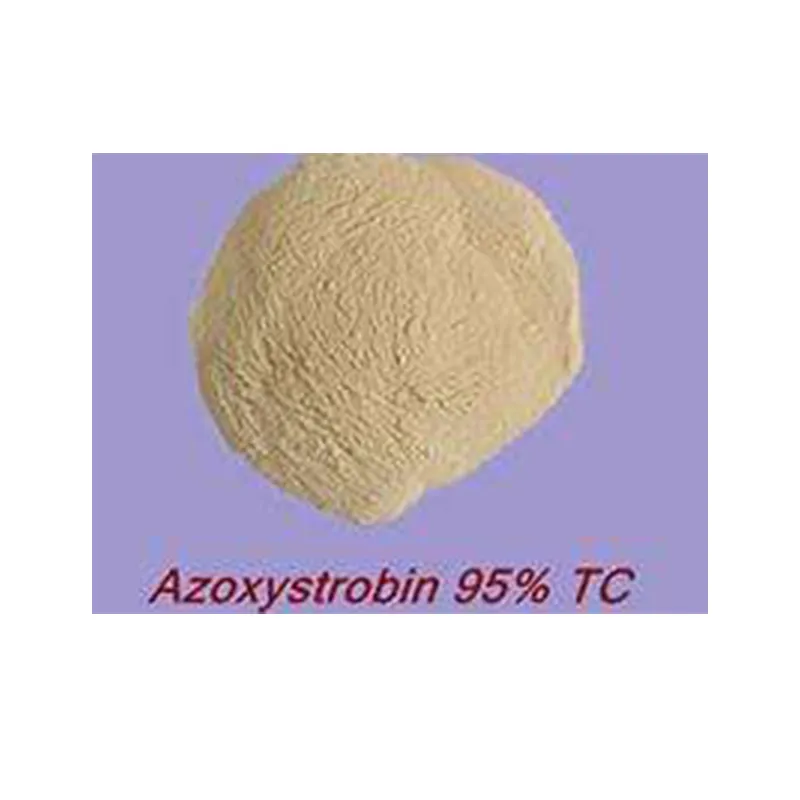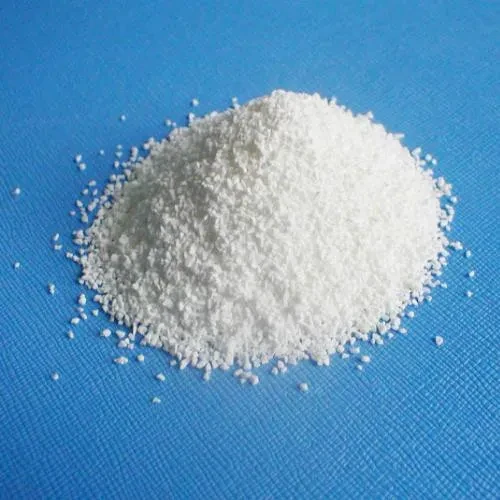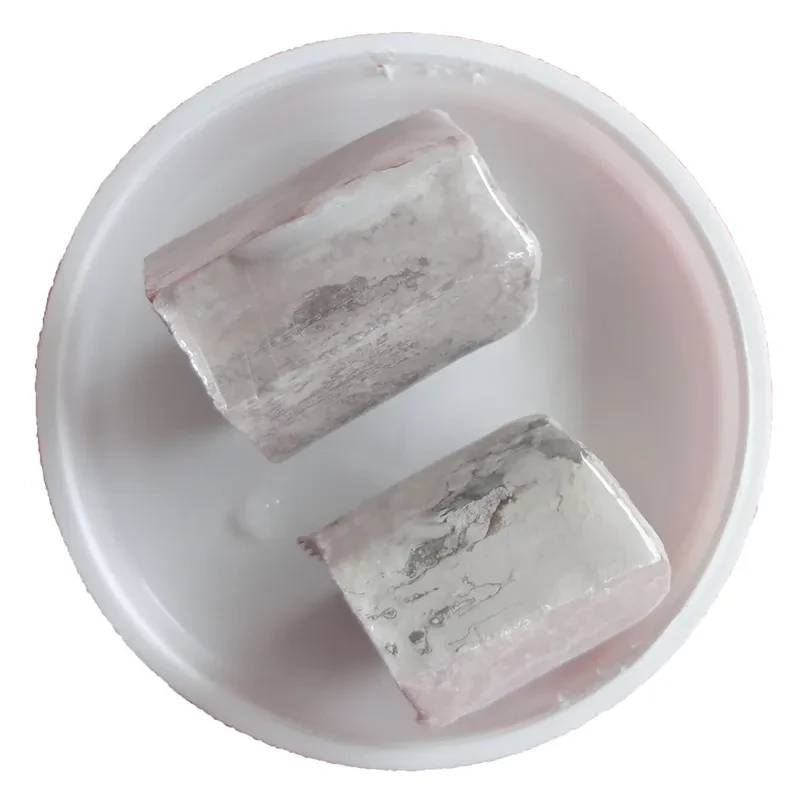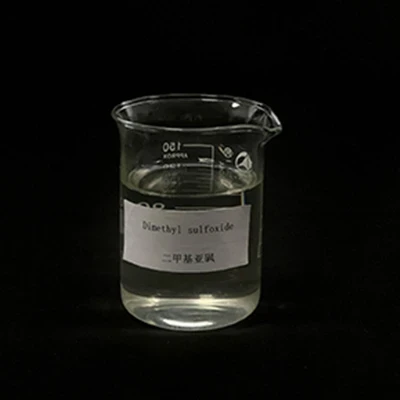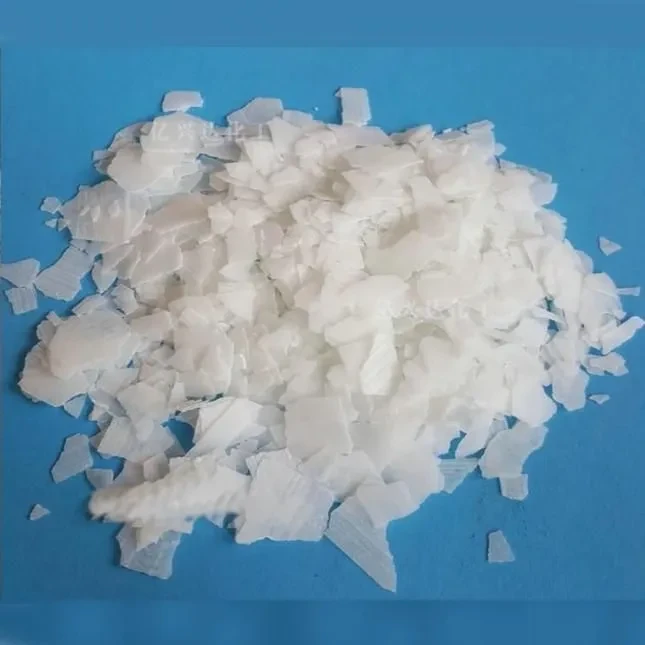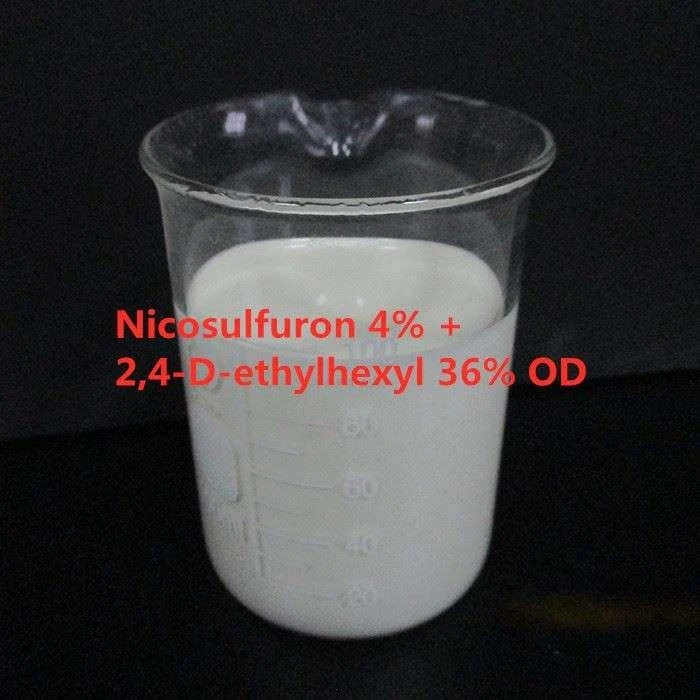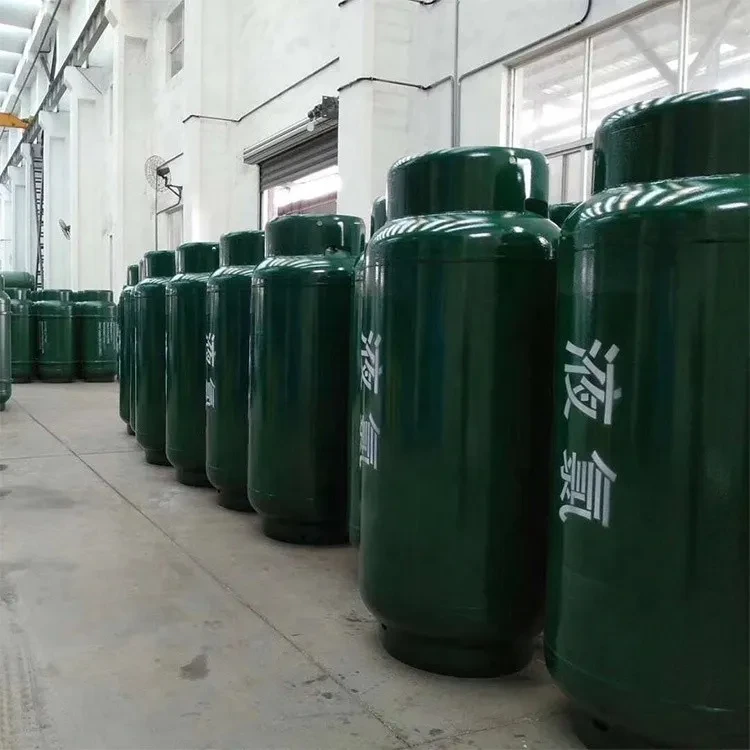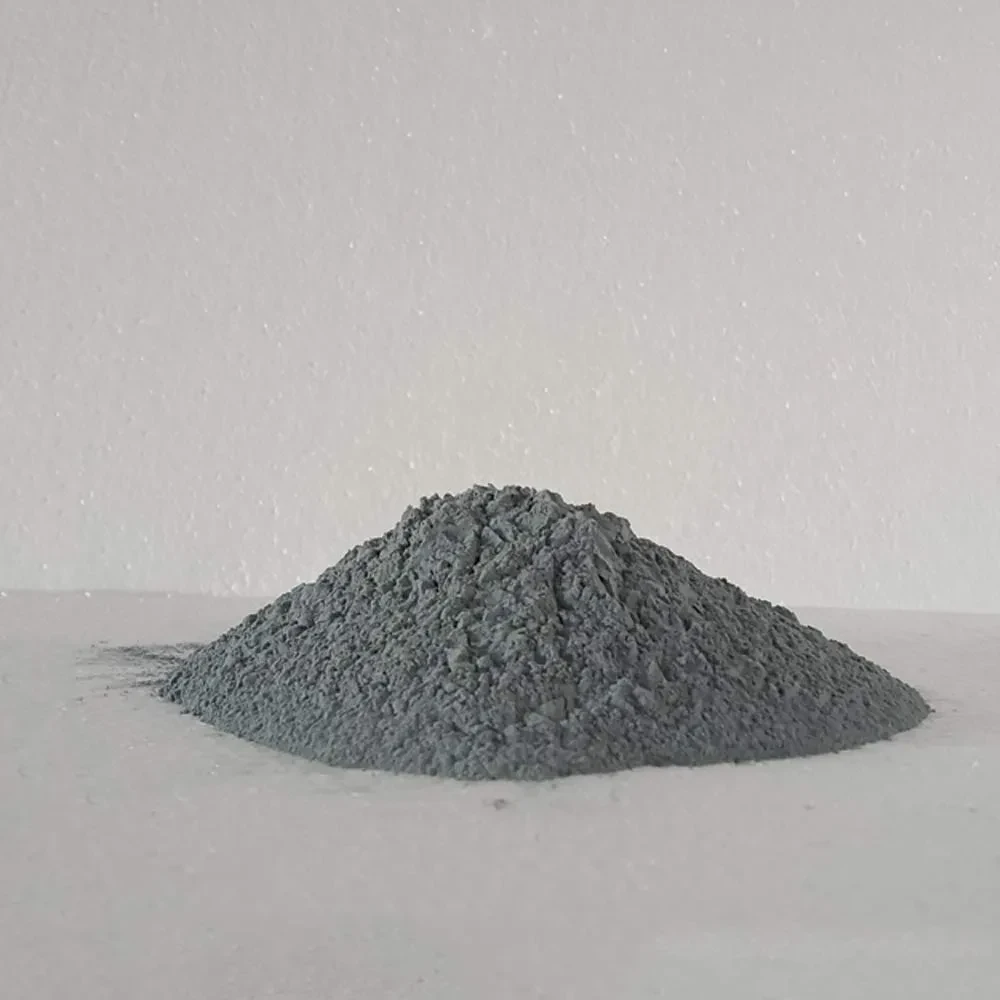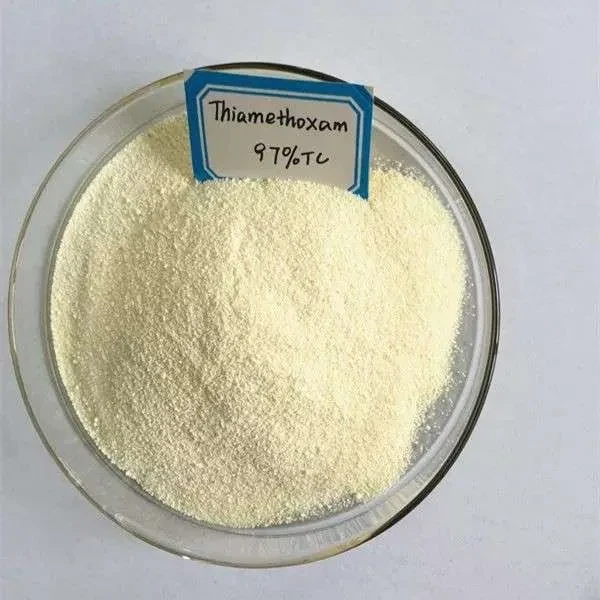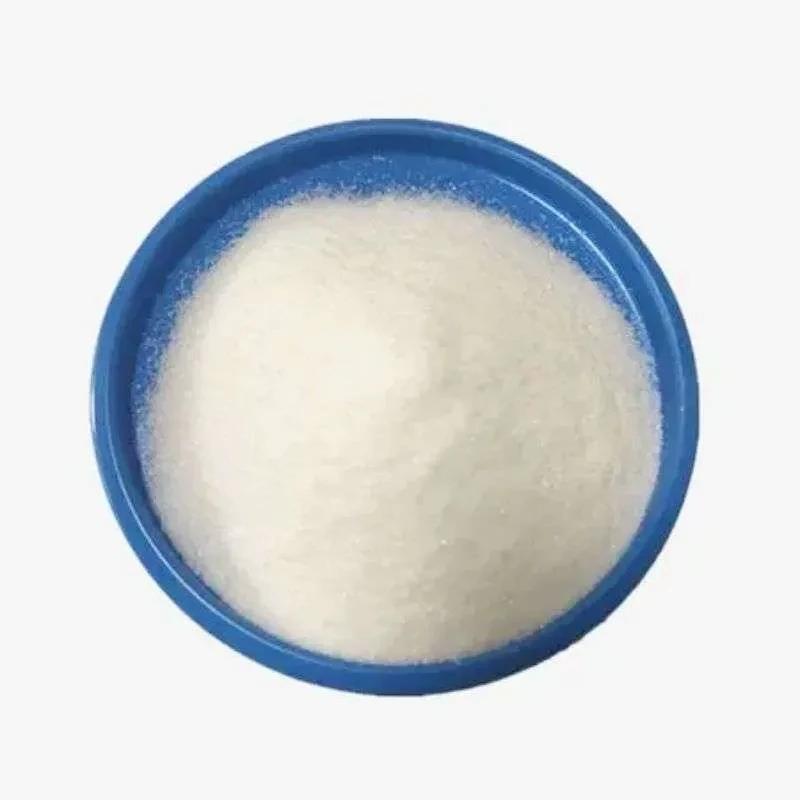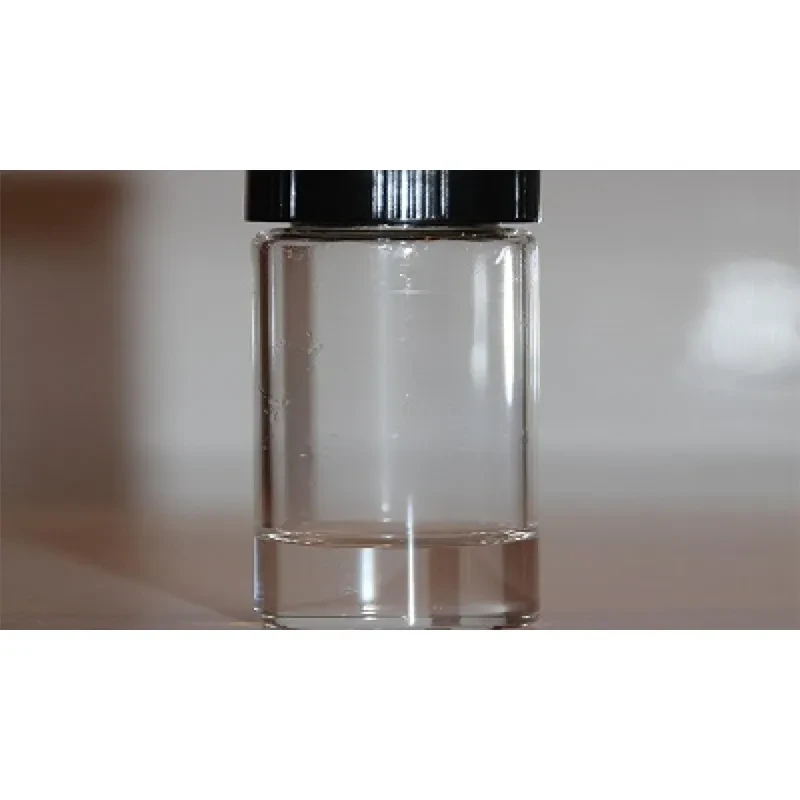CAS No.: 131860-33-8
Molecular Formula: C22H17N3O5
Molecular Weight: 403.39
|
Melting point |
118-119° |
|
Boiling point |
581.3±50.0 °C(Predicted) |
|
Density |
1.33 |
|
vapor pressure |
1.1 x 10-10 Pa (25 °C) |
|
storage temp. |
Sealed in dry,Room Temperature |
|
solubility |
Chloroform: Slightly Soluble |
|
pka |
-0.93±0.18(Predicted) |
|
form |
Solid |
|
Water Solubility |
6 mg l-1 (20 °C) |
|
Colour Index |
23860 |
|
color |
White to yellow |
|
Symbol(GHS) |
|
|
Signal word |
Danger |
|
Hazard Codes |
T;N,N,T |
|
RIDADR |
UN 2811 |
Description
Azoxystrobin is a second broad-spectrum strobilurin fungicide. It forms white to beige crystalline solid or powder.
Uses
Strobilurin fungicide; inhibits mitochondrial respiration by blocking electron transfer between cytochromes b and c1. Agricultural fungicide. Azoxystrobin has a very broad spectrum of activity and is active against fungal pathogens from all four taxonomic groups, the Oomycetes, Ascomycetes, Deuteromycetes and Basidiomycetes. It controls diseases on cereals, rice, vines, apples, peaches, bananas, citrus, curcurbits, potatoes, tomatoes, peanuts, coffee and turf. Azoxystrobin has been processed as a Reduced Risk pesticide for Turf uses. Azoxystrobin is a systemic, broad-spectrum fungicide that was first introduced in 1998. It inhibits spore germination and is used on grape vines, cereals, potatoes, apples, bananas, citrus, tomatoes and other crops. Largest crop uses in California are on almonds, rice, pistachios, wine grapes, raisins and garlic. Among the diseases it controls are rusts, downey and powdery mildew, rice blast and apple scab. A U.S. EPA restricted Use Pesticide (RUP).



